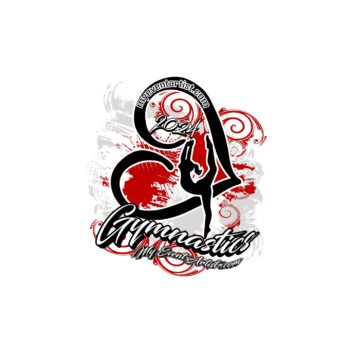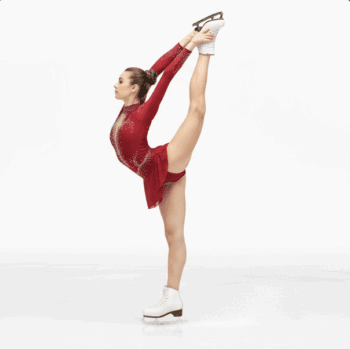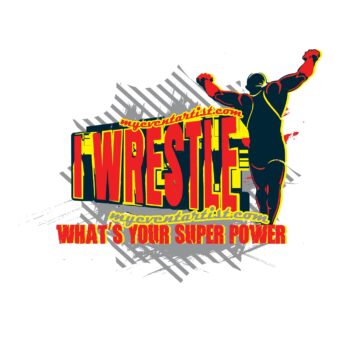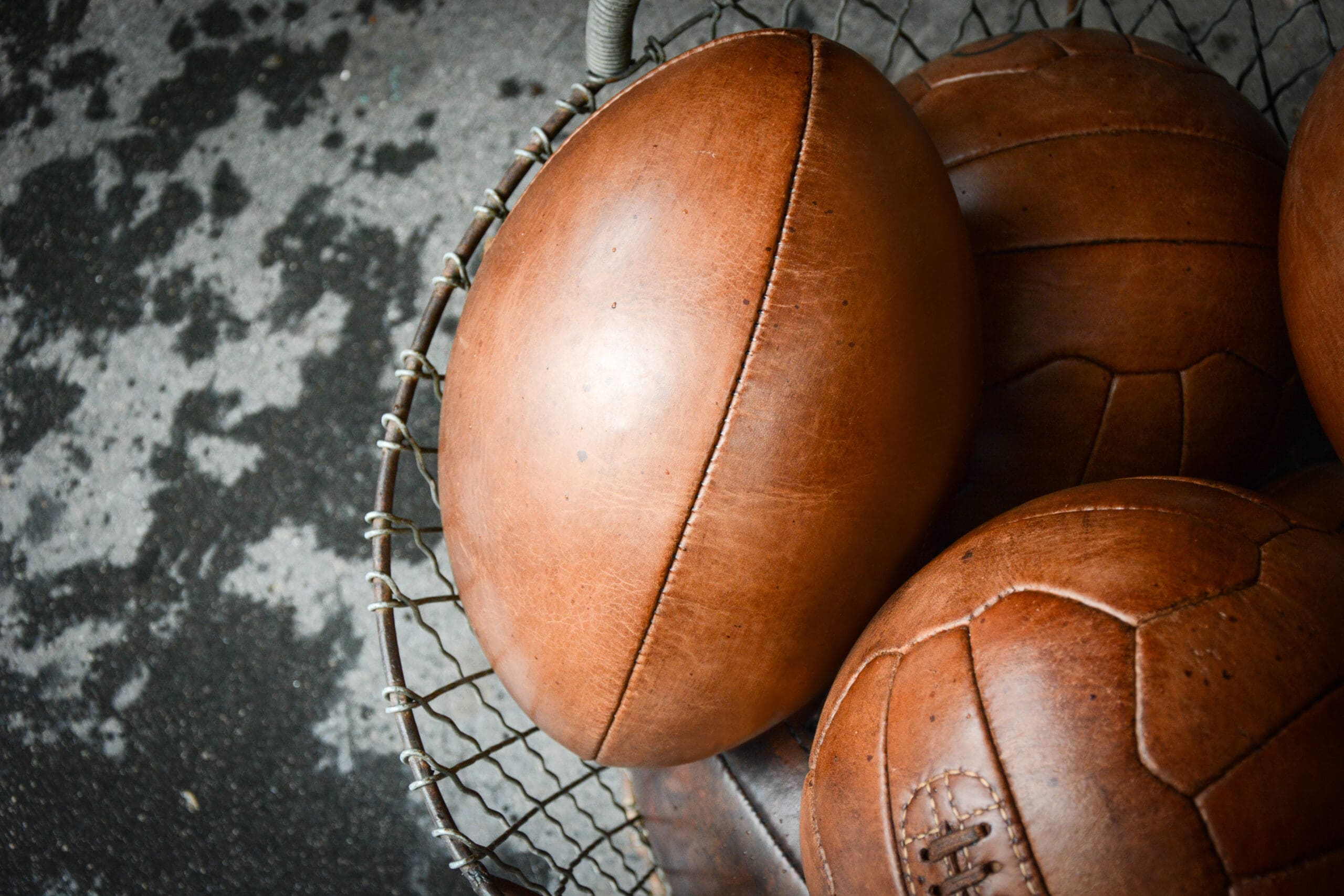In the dynamic world of sports, a logo isn’t just an emblem—it’s a beacon of pride, a symbol of allegiance, and a representation of the event’s spirit. It’s the visual narrative that fans identify with, rally behind, and wear as a badge of honor. Given its significance, the process of designing such a logo demands precision, creativity, and a deep understanding of the event’s essence. Drawing from the expertise at My Event Artist and industry best practices, let’s delve into the comprehensive journey of crafting a sports logo, from conception to unveiling.
Decoding the Event’s DNA
Before any design work begins, it’s imperative to immerse oneself in the event’s world. Understand its history, values, objectives, and the emotions it evokes among its fans. This deep dive forms the bedrock upon which the logo will be built. It’s about capturing the spirit, the highs and lows, the victories and defeats, and translating them into a visual representation.
The Exploration Phase
Armed with knowledge, embark on a research spree. Study logos of similar events, understand design trends, and identify what works and what doesn’t. This phase is about gathering a wide array of inspirations. It’s about understanding the global landscape, the cultural nuances, and the ever-evolving design paradigms.
The Power of Doodles
With a clearer vision, put pen to paper. Sketch freely, allowing ideas to flow. This stage is about volume and variety, exploring different directions without constraints. It’s the raw, unfiltered phase where creativity reigns supreme, leading to unexpected and innovative design solutions.
Digital Transformation
From the myriad sketches, cherry-pick the most promising ones. Refine these and bring them to life digitally. This transition from paper to screen is where the logo starts taking a more concrete shape. Using advanced design tools, the rough sketches are transformed into polished, scalable designs.
The Color Conundrum
In the world of sports, colors aren’t just hues; they’re emotions. They can evoke passion, nostalgia, aggression, or camaraderie. The palette chosen should resonate with the event’s spirit and stand out in a crowd. It’s also essential to consider color psychology, understanding how different shades can influence perceptions and emotions.
Font: The Subtle Storyteller
While colors evoke emotions, fonts tell a story. They set the tone—be it aggressive, elegant, playful, or traditional. The chosen typography should complement the logo and be legible across mediums. It’s about finding that perfect balance between aesthetics and readability, ensuring the logo communicates effectively.
Feedback Loop
A logo might look great on screen, but how does it resonate with its audience? Gather feedback, be it from stakeholders, fans, or experts. This external perspective can be invaluable. It offers a fresh set of eyes, potentially highlighting areas that might have been overlooked.
Adaptability Checks
A logo isn’t just for the big screen at the stadium. It’ll be on merchandise, digital platforms, print media, and more. Ensure it retains its charm and clarity across all touch points. This means testing it in various sizes, against different backgrounds, and in diverse contexts.
The Grand Reveal
With the logo polished to perfection, it’s time for the world to see it. Plan a strategic launch, perhaps coinciding with a significant event or a milestone, to maximize impact. This is the moment where all the hard work pays off, as the logo takes center stage and becomes an integral part of the sporting event’s identity.
Staying Relevant
While the essence of a logo remains unchanged, subtle updates reflecting evolving tastes or significant milestones can keep it contemporary and relatable. It’s about ensuring that the logo remains in sync with the times, without losing its core identity.

The Role of Professional Expertise
While the steps above provide a roadmap, the journey’s success often hinges on professional expertise. Platforms like My Event Artist bring a wealth of experience, ensuring that the logo isn’t just aesthetically pleasing but also strategically sound. They offer insights, expertise, and a deep understanding of the nuances of logo design, ensuring the final product is nothing short of perfection.
Conclusion
Creating a distinctive sports logo is both an art and a science. It’s a blend of creativity, strategy, and a deep understanding of the event’s ethos. By following a systematic approach and leveraging expert platforms like My Event Artist, one can ensure that the logo becomes an iconic representation, etched in the memories of fans for years to come.







Leave a Reply